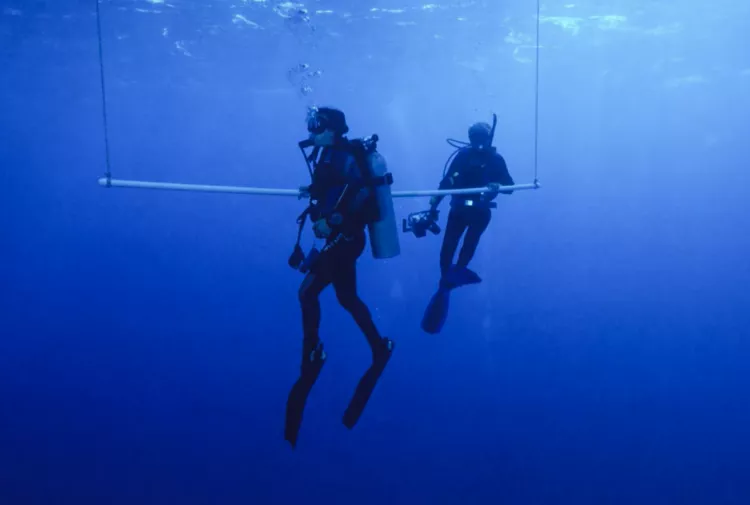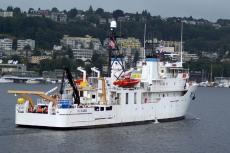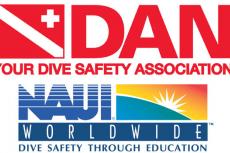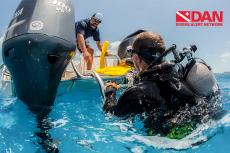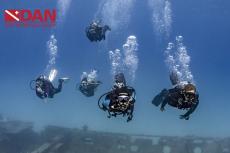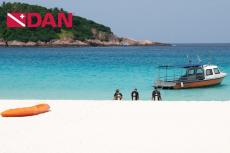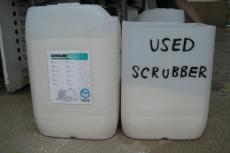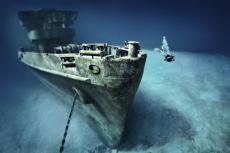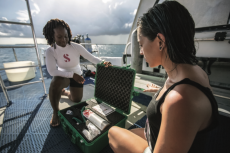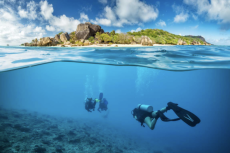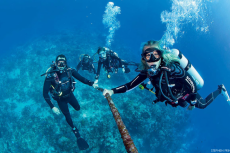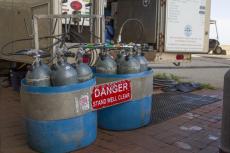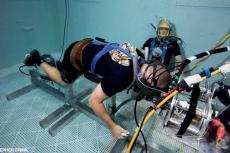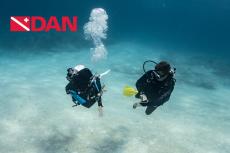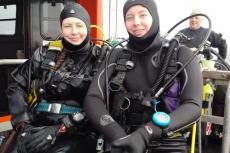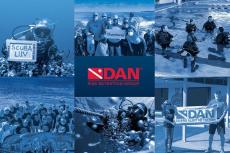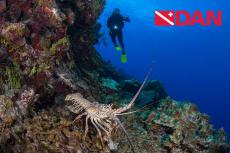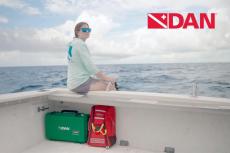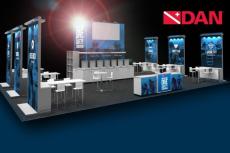Rising to the Occasion — Ascent Rates for Experienced Divers
There are almost as many approaches to ascending from a dive as there are divers to try them. Most divers follow contemporary guidelines and approximate a 30 feet-per-minute ascent rate, while others may opt for double that rate. Some divers will follow whatever their computer dictates, and still others will ascend just a touch slower than their own bubbles. The result is widespread confusion about where the data for these various approaches comes from, and what constitutes a safe ascent rate. Is there a magic formula that divers can use to ascend at the end of dives to minimize their risk of decompression illness (DCI), and what are the costs of ascending too quickly?
Almost all experts in dive medicine agree that divers should ascend slowly following dives, whether they’re recreational, working or technical. The reality is that very little direct evidence exists about what ascent rate is safest. Most of the recommendations come from observational studies of bubble grade found using Doppler ultrasound or are based on anecdotal or theoretical concerns.
In the early days of diving, John Haldane and Leonard Hill experimented with a variety of linear ascent rates, some as slow as 3 to 5 feet per minute, but the rate itself was not sufficient to prevent decompression sickness (DCS) when exposures were sufficiently great.
Haldane realized there must be an optimal ascent rate that would reduce unnecessary exposure to depth and provide a sufficient decrease in pressure to allow off-gassing but be slow enough to protect divers from DCS. This ascent rate is thought to vary depending on the depth, tissue saturation and breathing gas.
In saturation diving, the decompression rate is on the order of several feet per hour, while in short, deep diving it is on the order of feet per minute-faster at depth and slower close to the surface. In recreational diving, where the depth and exposure are limited, a maximum ascent rate may be specified without regard to depth.
US Navy frogmen generally wanted to ascend from their dives and exit the water quickly, but such quick ascents were impractical for hardhat divers. Thus, a compromise of 60 feet per minute was reached. This ascent rate remained in place for many years even as dive tables continued to be refined. It was not until about 20 years ago that the US Navy changed their recommended ascent rate to 30 feet per minute.
In 2009 a study published in the journal Aviation, Space and Environmental Medicine looked at 47 recreational divers using ascent rates of 30 feet per minute and 60 feet per minute. At various intervals following the dives the divers were checked with Doppler ultrasound devices, and the group that had a faster ascent rate was shown to have higher bubble grades. This gives credence to the theory that slower ascents help reduce decompression stress on the body after diving.
Perils of quick ascents
Decompression stress is defined as the amount of inert gas dissolved in various tissues throughout the body. During ascent, bubbles increase in size and are released by tissues into the veins. These venous bubbles then travel to the lungs, where they are off-gassed through normal breathing. Faster ascent rates are thought to have an impact on decompression stress by not allowing sufficient gas bubbles to be off-gassed through breathing.
DCI is one of the greatest concerns associated with fast ascents. When bubbles arise or become trapped in tissues or vessels they begin to cause traumatic injury to the body, which is known as decompression sickness. Air can enter the arterial circulation and result in an arterial gas embolism (AGE), which can cause a rapid onset of stroke like symptoms. AGE may occur subsequent to lung injuries but may also happen in the absence of any apparent injury to the lungs. On the other hand, rapid ascents can occur with no ill effects at all.
Besides not allowing for sufficient off-gassing during decompression, rapid ascents can have other implications. Expanding gas in air spaces such as middle ears and sinuses may cause local injuries known as reverse blocks or reverse squeezes. These pressure injuries (barotraumas) occur when gas expands in these spaces faster than the body can equalize them.
Congestion is often a factor in reverse blocks. The lungs also need time to release expanding gas. During slow ascents this is achieved through normal breathing as the lungs are constantly equalizing to ambient pressure. If the ascent is too fast and the lungs cannot accommodate the expanding gas, pulmonary barotrauma can result.
Keeping it under control
So how can divers control their ascent rates so as not to exceed the limit on which they have decided? One way is by practicing buoyancy control skills. BCDs and drysuits rely on air inside them while at depth to control buoyancy. During ascent, this air expands, causing the diver to ascend more and more rapidly if it is not vented, which can lead to an out-of-control ascent.
Improperly maintained inflator or deflator mechanisms on BCDs and drysuits can cause more air to enter the system than intended and may not allow the diver to vent air quickly enough to stay in control. Proper weighting before the dive is also essential in helping to eventually control ascent rate since the diver will not need to add as much air to the BCD while at depth. Keep in mind that equipment changes such as switching from aluminum to steel tanks have an impact on proper weighting and buoyancy control during the dive and the ascent.
The most common method of controlling speed during ascent is to simply vent excess air from the BCD or drysuit during ascent. Body positioning can also help by increasing drag in the water. Monitor your computer, and know what ascent rate it has been set to. If the rate is faster than you prefer, many computers allow you to change it.
Use of a bottom slope, wall, ascent line or other visual or tactile reference is helpful. When practicing ascents in open water without a slope or ascent line, closely monitor the time and depth during your trip to the surface. Safety stops are a great way to slow and pause your ascent in the shallow depths where the greatest changes in pressure occur.
Despite the lack of definitive consensus on what ascent rate divers should use, "slow" is a good way to go. The US Navy and the National Oceanic and Atmospheric Administration (NOAA) use a rate of 30 feet per minute, and recreational dive-training-agency recommendations range from 30 to 60 feet per minute. Regardless of the ascent rate you choose, it is most important that your ascents be well under control.
For more information, go to: DAN.org
- Log in to post comments


